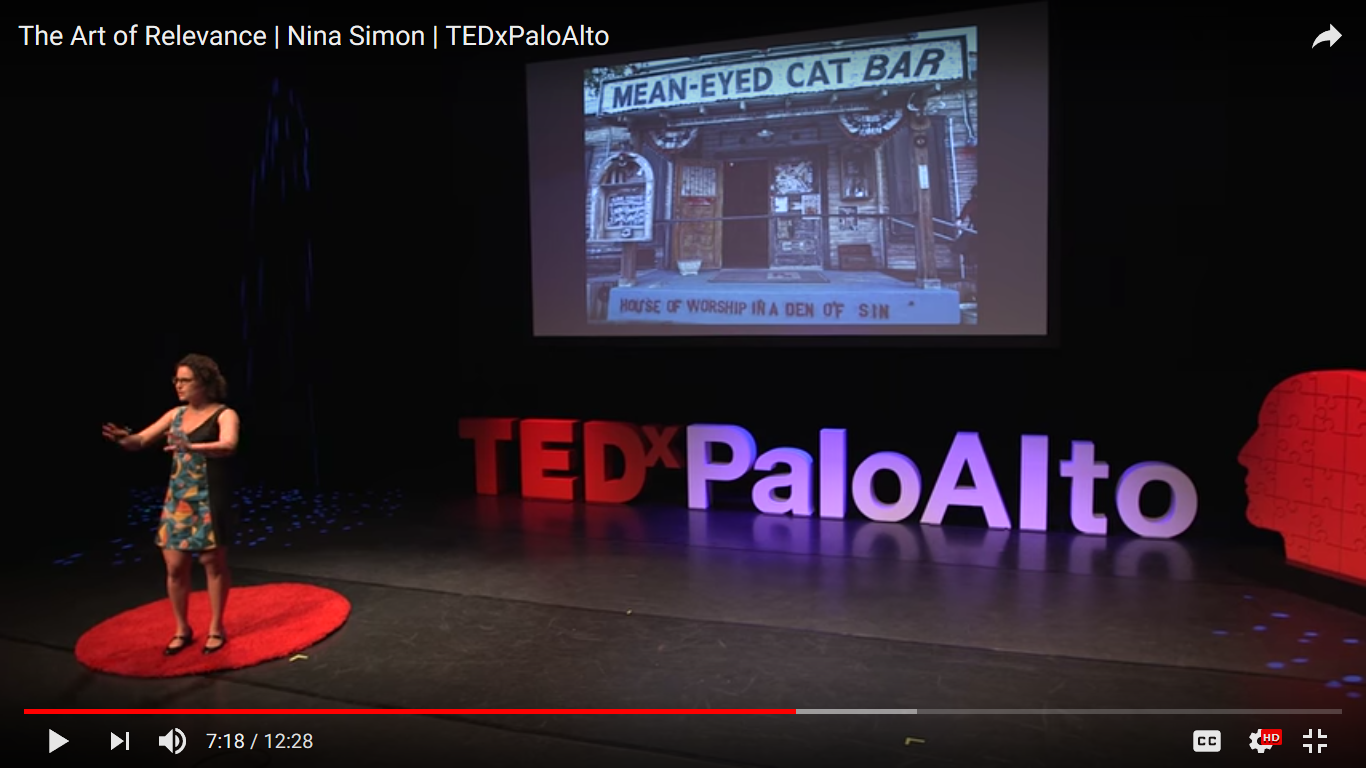Yesterday BikeWalk Macon sponsored an Open Streets event in town. Open Streets is a program that started about 30 years ago in Columbia. It closes streets down and turns it over the use of the community. (There is also a Play Street program I wrote about that started in London that appears to have a similar aim.) If you have been reading this blog for any length of time, you know this is the type of thing I am definitely into checking out.
Fortunately for me, one of the streets they chose to shutdown was right in front of my building so I didn’t have to go far. There were a lot of activities set up along the streets that were closed down – corn hole games, yoga classes, line dancing, skateboard obstacles, sidewalk chalk, etc.
As you might imagine, one of the biggest activities enabled by shutting down the streets was bike riding. I wasn’t sure but it appeared the local bike repair shop or someone might have brought down loaner bikes for people who didn’t have one because there was a big collection around their tent.
As I rode around, I was amazed by just how large a swath of street they ended up closing down. There was a significant section of a major northeast-southwest road that was shut down. Just when I thought I was reaching the limit, I realized I was only approaching a soft closure where cars were allowed to cross through an intersection.
Having such a long distance without vehicular traffic was a great opportunity to get some exercise, but I almost felt like too much was closed down. As many activities and tent as there were, it couldn’t fill all the available space. As the only one ranging that far out, I felt somewhat guilty blocks upon blocks of street were being shut down for my own use.
After I got tired of riding around, I grabbed a chair from my apartment and just sat and watched people move by. The formality of creating an occasion to use a space seemed to provide an opportunity for people to get out an meet their neighbors in ways that wandering or riding your bikes downtown on a Sunday afternoon wouldn’t normally afford.
The organizers might have worked out something with the local transit company to help people who lived outside the area come downtown to play because I saw people loading their bikes on a city bus that didn’t seem to be immediately departing on a set route.
One thing I was most interested in checking out was the inclusion of Pokemon GO augmented reality in the Open Streets experience. The Knight Foundation has formed a relationship with Pokemon Go developer Niantic and partnered on a fellowship program. (Disclosure: My organization receives funding from both The Knight Foundation and Community Foundation of Central Georgia, both of which provided funding for the Open Streets event.)
After listening to what they were telling people waiting on line at the tent and speaking with the Macon fellow for 7-8 minutes about what they were trying to achieve, I was a little disappointed because it just seemed like they had set up an enhanced Pokemon GO experience where there would be more Pokemon to hunt than usual. I thought they might be doing some more along the lines of the projects in the Knight Prototype Fund where they would experimenting with new ways to use augmented reality.
But then I saw this tweet this morning that said they were using augmented reality as part of a scavenger hunt to help people become more aware of historic locations and public art.
The @PokemonGoApp scavenger hunt at #OpenStreetsMacon uses augmented reality to spotlight Macon’s rich history and public art. @knightfdn @NianticLabs #knightcities pic.twitter.com/u71LNRG6oq
— Knight Macon (@knightmacon) October 7, 2018
This is the sort of application of the technology I had envisioned might be happening. I don’t know if there was some sort of miscommunication between myself and the fellow where he assumed I knew the scavenger hunt was highlighting history and art and I assumed it was about finding the Pokemon on the posters they were handing out. Had I known it was the former, I would have accepted his offer to join the hunt so I could investigate the experience.
I may have the opportunity to speak with the local Knight Foundation officer in a week or so and hope to ask her for some clarification about what people were being lead to do.
If you are interested in bringing the Open Streets program to your community, you can learn more about it on the project website where they have toolkits to help you get started.



Thanks for what you are doing to bring cultural change to the arts. It is so important to represent everyone.…